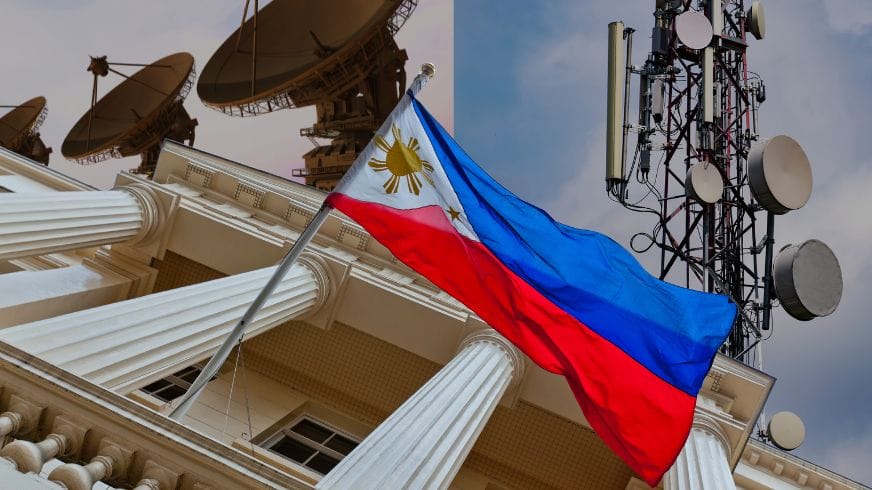7 Key Insights You Need to Know About the Philippine Electronics Code
Table of Contents
The Philippine Electronics Code (PEC) serves as the foundation of safe and efficient electronics installations and systems in the Philippines. This code ensures the safe design, installation, and maintenance of electrical and electronics systems, which is essential for protecting lives and properties. Let’s dive into the key aspects of this code and its impact on the Philippine electronics industry.
What is the Philippine Electronics Code?
The Philippine Electronics Code is a comprehensive set of standards that governs the installation, maintenance, and safety of electronics systems in various sectors across the Philippines. It is based on internationally accepted guidelines to ensure that the country’s electronics infrastructure aligns with global best practices. The code covers various domains, including telecommunications, fire alarms, and security systems, which are integral to modern infrastructure.
Importance of the Philippine Electronics Code for Safety and Compliance
The Philippine Electronics Code is more than a set of technical rules; it’s a vital tool for protecting public safety. It ensures that engineers, contractors, and technicians follow standardized methods for installing and managing electronics systems, which minimizes risks of electrical hazards. Compliance with this code is mandatory for obtaining building permits, making it a fundamental part of any electronics-related project in the Philippines.
Who Needs to Follow the Philippine Electronics Code?
Any professional or entity working in electronics installation, repair, or maintenance must adhere to the Philippine Electronics Code. This includes licensed electronics engineers, contractors, and technicians who handle projects involving Cable TV, CCTV systems, fire alarms, and telecommunications infrastructure. By following this code, professionals contribute to safer, more reliable infrastructure across residential, commercial, and industrial facilities.
Key Provisions in the Philippine Electronics Code
The Philippine Electronics Code is structured into four main books, each covering a specific type of electronics system essential for modern infrastructure. These books offer detailed standards for the design, installation, and maintenance of telecommunications and safety systems. Here’s a closer look at each book:
- Telecommunications Facilities Distribution System
This book provides guidelines for the installation and maintenance of telecommunications facilities in buildings. It covers standards for wiring, equipment placement, and network configuration to ensure reliable and secure communication systems. Engineers and contractors use these guidelines to create telecommunications infrastructures that are resilient, efficient, and capable of supporting various types of communications equipment. - Cable Television Systems
The PEC includes standards for installing and maintaining cable television (CATV) systems, which are essential for delivering television and broadband services. This book ensures that CATV systems are designed to maintain signal quality and reliability across multiple units or locations. By following these standards, technicians can prevent interference issues and maintain the integrity of broadcast signals, providing a quality viewing experience for users. - Fire Detection and Alarm Systems
This section of the Philippine Electronics Code outlines requirements for installing fire detection and alarm systems, with a focus on protecting occupants and property. It specifies proper sensor placement, wiring configurations, and control panel setup to ensure quick detection and response in case of a fire. Adhering to these standards is crucial in both residential and commercial buildings, as it can significantly reduce fire risks and improve evacuation efficiency. - Distributed Antenna Systems (DAS)
The DAS book provides standards for enhancing wireless communication signals within buildings, especially in areas where connectivity may be weak. This section of the code outlines installation practices for distributed antennas that ensure seamless cellular coverage and data transmission across entire buildings. DAS is particularly important for large commercial buildings, hospitals, and complexes where uninterrupted connectivity is essential.
Each of these books within the Philippine Electronics Code addresses a critical area of electronics systems, ensuring that they meet safety and performance standards. By following the guidelines in these four books, engineers and technicians contribute to safer, more reliable infrastructures across residential, commercial, and industrial sectors.
The Role of the Philippine Electronics Code in the Construction Industry
The Philippine Electronics Code is crucial in the construction industry. For engineers, especially those tasked with planning and implementing electronics infrastructure, the code provides a reliable framework. During the design phase, engineers consult the code to align their plans with standards, ensuring that all electronics installations are safe and compliant. Adhering to the PEC is also a requirement for securing construction permits.
Philippine Electronics Code Updates and Revisions
The Philippine Electronics Code is periodically updated to reflect changes in technology and international standards. Recent updates include provisions for smart home technology, improved standards for data transmission, and updated protocols for safety in telecommunications networks. Staying updated with these revisions is essential for engineers and contractors, as it allows them to remain compliant and utilize the latest best practices.
How to Comply with the Philippine Electronics Code
Complying with the Philippine Electronics Code involves several steps:
- Education and Certification: Engineers and technicians should familiarize themselves with the code through training and certification programs.
- Adherence to Installation Standards: Professionals must follow specific installation methods for each type of electronics system as outlined in the code.
- Regular Inspections and Maintenance: To maintain compliance, regular inspections of electronics systems should be conducted to identify and rectify any potential issues.
Why the Philippine Electronics Code is Essential for Modern Infrastructure
In an era where technology plays a central role in daily life, the Philippine Electronics Code ensures that electronics systems are not only efficient but also safe. It addresses the growing need for robust electronics installations that can support the demands of urbanization, digital transformation, and infrastructure development.
Final Thoughts
The Philippine Electronics Code is more than a regulatory document; it’s a roadmap to safer, more effective electronics systems that drive progress across the country. Whether you’re an electronics engineer, a contractor, or a technician, understanding and following this code is essential. Compliance not only ensures safety and quality but also boosts the credibility and trustworthiness of professionals in the industry.




 Law
Law